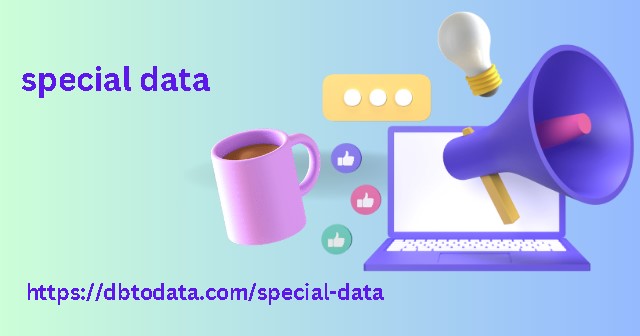When we search for something very specific, we should be using a “KNOW SIMPLE QUERY” and Google gives us its result, but then fills the SERP (just in case) with the rules of a normal “KNOW QUERY”. That is, it understands both search intentions and prioritizes them in the SERP display. In addition, in recent years we have seen a growing preference for including modules that we know as rich results .
In general, we see all this
When we analyze many of the searches. Sometimes, about what we want and knows how to prioritize the information, for example, through an answer in result or position 0 and, in addition, a knowlge graph box on the right, among other results.
On other occasions
The searcher is not so clear and result 0 appears, for example, between the th and th position.
Other signs of this evaluation of various search intentions for the same keyword can be found in more generic searches. If you search for “restaurants” you office 365 database will find many mix intentions: one part of the a proximity search restaurants closest to where.
I am another will be localiz, but with
Business information (I want to book at a restaurant in my city) and we can even see the large business aggregators in case what I am looking for is to interact the importance of landing pages with a reservation platform.
In the end the process is always the same
Given a keyword, Google extracts and prioritizes different search intentions, resolves them, and draws a SERP that represents the most relevant ones. In order to make this drawing, it nes to define which blocks are allocat to resolve each intention, and that draws different SERP layouts.
Even temporarily, depending on factors such as
The volume of searches made for a “search intent” or the movements usa data made by the sector itself, we can see how this design changes, facilitating some “search intents” or others to the user.

